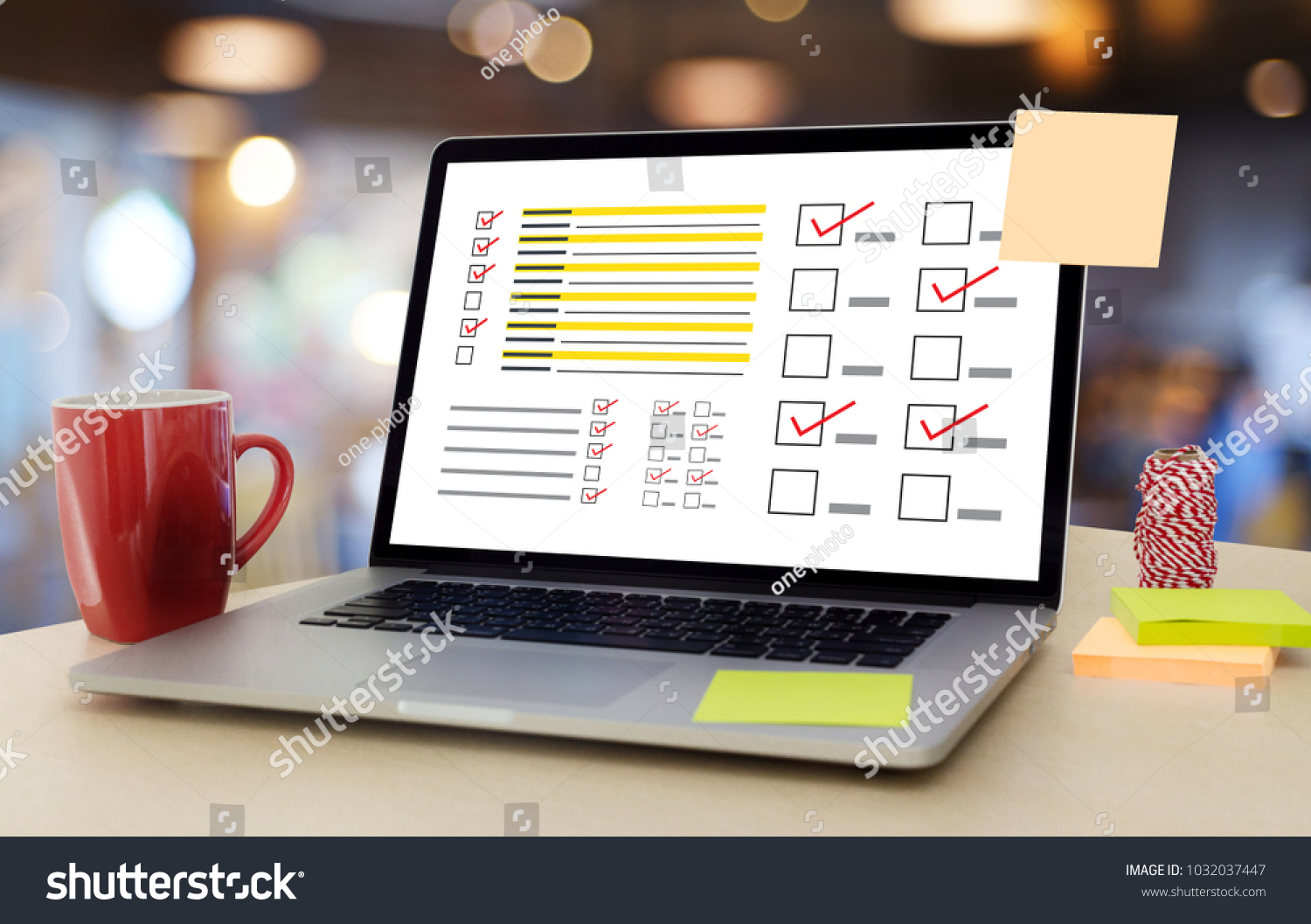
Assessment provides information that the teacher and the students need. So, we ask in which way do assessment help? Analysis, Action, and Culture are the foundation for the rubric that exists today (Bambrick-Santoyo,2010). Assessment are techniques that help educators define and improve teaching methods, based on what the students did not learn. For educators to have success for students learning, educators should start by assessing the standards. A standard does not have meaning until you define how to assess it. An assessment is the first step in teaching anything not the end point (Culture.mov,2010).
Analysis is like figuring out a puzzle, it provides immense amount of raw data and when done right, it allows to see many important levels of the data. For Instance, it helps the educator identifies the problem, provides opportunity to brainstorm ideas on how to help the students, identify strengths or weakness, and take steps to achieve students’ goals.
The action plan is the work , this is where educators plan to apply the insights of the raw data that they have gained to meet students learning needs. During the action plan teacher can re-write the objective to be more understandable for teachers and students. The action plan will create new approaches that will help teachers implement new strategies to improve on teaching methods and better learning for students. With the new action plan it is important to continue to do ongoing assessment to check students understanding and making sure the goals are being met. It can also help educator correct the misconception the student might have with the lesson right at that moment.
Furthermore, developing a culture in school is important as analysis and action. According to author Bambrick - Santoyo he believes, that without a concrete driver to guarantee data- driven culture, working to build one is fruitless. Establishing the right leadership team will create a culture of data- driven decision-making. It is important to introduce data-driven professional development as one of the priorities. Teacher will be able to see what data driven is capable of, and it value for improving education. Participation of the principle and leader faculty will help you keep the data- driven plan on track. Also, when data driven take place is vital to make time for data, interim assessment, making professional development and allowing time for reteaching. By taking the time and following the step of data driven will help teachers and improve learning as well. I will provide a video link for future reference.
References
Action.mov. (2010, April 8). YouTube. https://youtu.be/nJeGfP1seEE
Analysis 2.mov. (2010, April 7). YouTube. https://youtu.be/nrWJ8cfIQg0
Bambrick-Santoyo. (2010). Driven by data: Analysis Diving Deep What Happen and why?
Bambrick -Santoyo, P. (2010). Driven by data: a practical guide to improve instruction. San Francisco, CA: Jossey-Bass.
Culture.mov. (2010, April 8). YouTube. https://youtu.be/PJ6KUyKFpyo
Data-driven instruction: Leading analysis meetings. (2012, June 23). YouTube. https://youtu.be/mUd5VJbuD5M
Photo link process-operation-method-production-organization-600w-396868180.jpg

